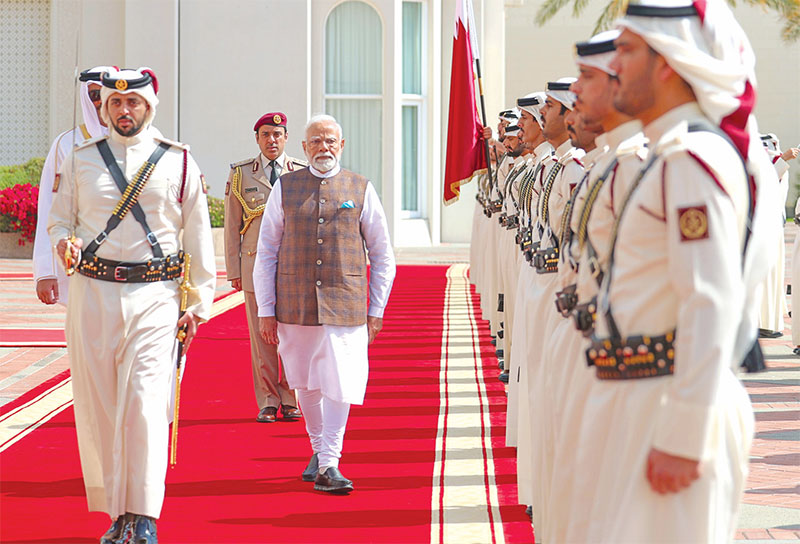Trump’s Cards
Iqbal S. Hasnain
In his first term, President Donald Trump (2016-2020) and his son-in-law Jared Kushner successfully negotiated a deal between Arab countries and Israel to strengthen economic, cultural and political relations. The deal came to be known as Abraham Accords. It was signed by United Arab Emirates (UAE), Bahrain and Morocco. Saudi Arabia, the most powerful Arab nation, delayed signing the deal. Israeli Prime Minister Benjamin Netanyahu had hoped that such a deal would lead to the creation of a kind of West Asian North Atlantic Treaty Organization (NATO) by fostering closer security ties between Israel and Gulf Cooperation Council (GCC) countries while isolating Islamic Republic of Iran and its allies. President Trump had pulled the US out of the nuclear agreement between Iran and the West, by describing it as, ‘a horrible one-sided deal that should have never, ever been made.’ He also expressed openness to renegotiating with Iran, albeit under his terms. In response, the Ayatollah Khamenei, supreme leader of Iran, banned any negotiations with the Trump administration.

The objective of Abraham Accords was to foster a direct security relationship between Israel and Arab nations. President Joe Biden’s administration had hoped that Saudi Arabia, as a leading member of the Arab and Muslim world and guardians of Holy mosques would also join the group and put the Palestinian issue forever under the carpet. Jordan was the first to flag the issue of illegal Israeli settlements in the West Bank in 2023 which flared up before the proposed Negev Summit. Thereafter, the meeting called at the initiative of Biden was cancelled.
The massacre of 7 October 2023 in southern Israel by Hamas has changed West Asia’s geopolitical alliances forever. Hamas is rooted in Muslim Brotherhood, which was born in Egypt in 1928, as a religious reform movement
Subscribe To Force
Fuel Fearless Journalism with Your Yearly Subscription
SUBSCRIBE NOW
We don’t tell you how to do your job…
But we put the environment in which you do your job in perspective, so that when you step out you do so with the complete picture.







